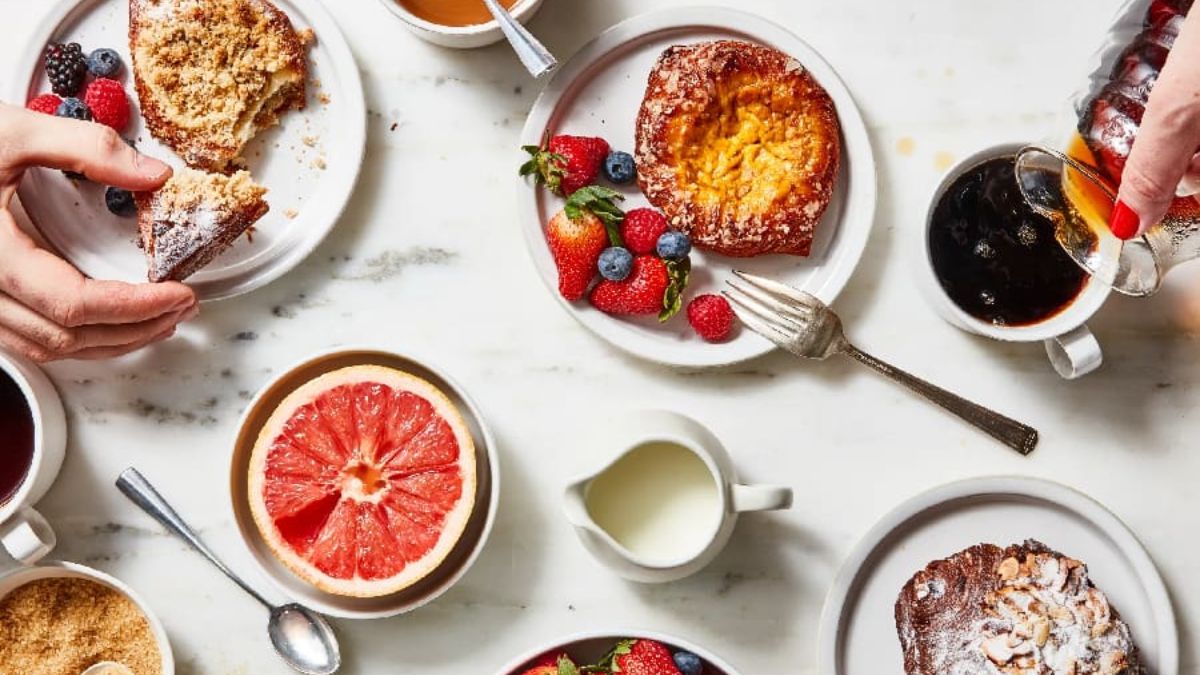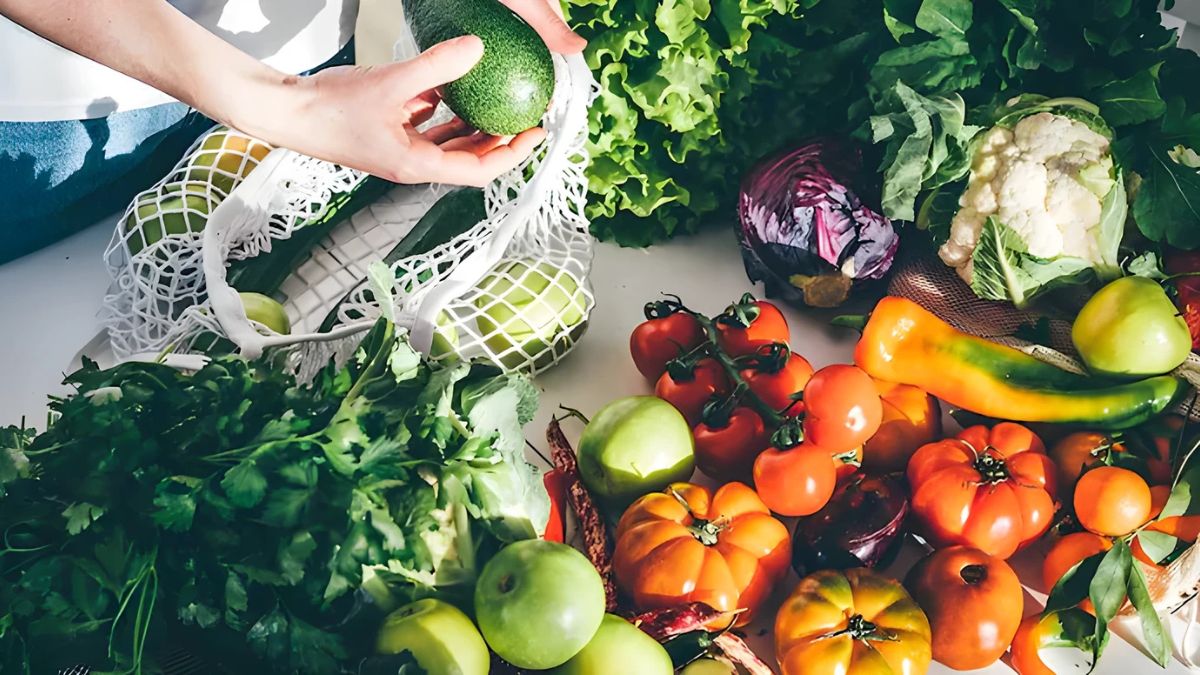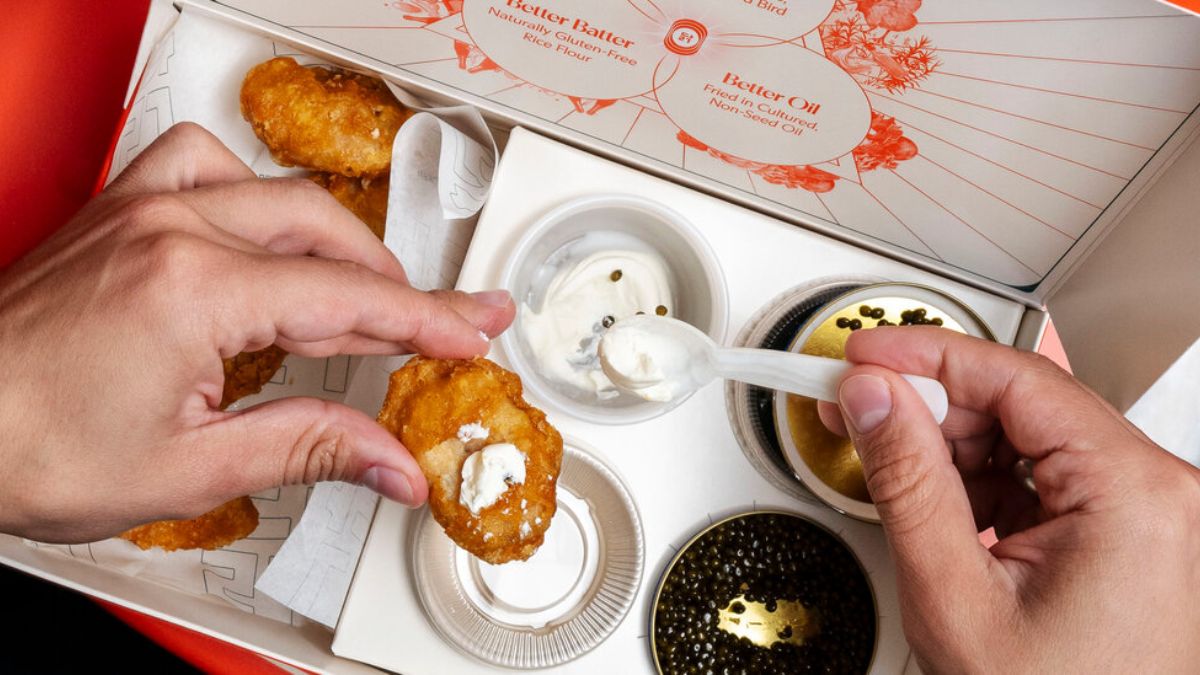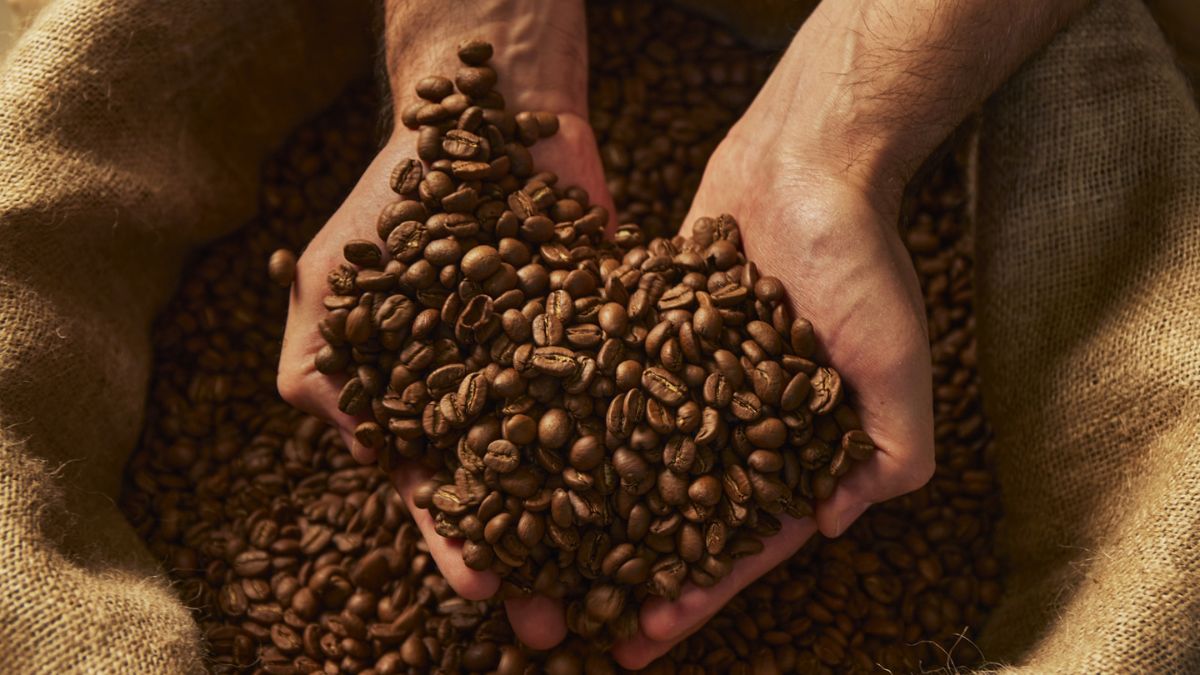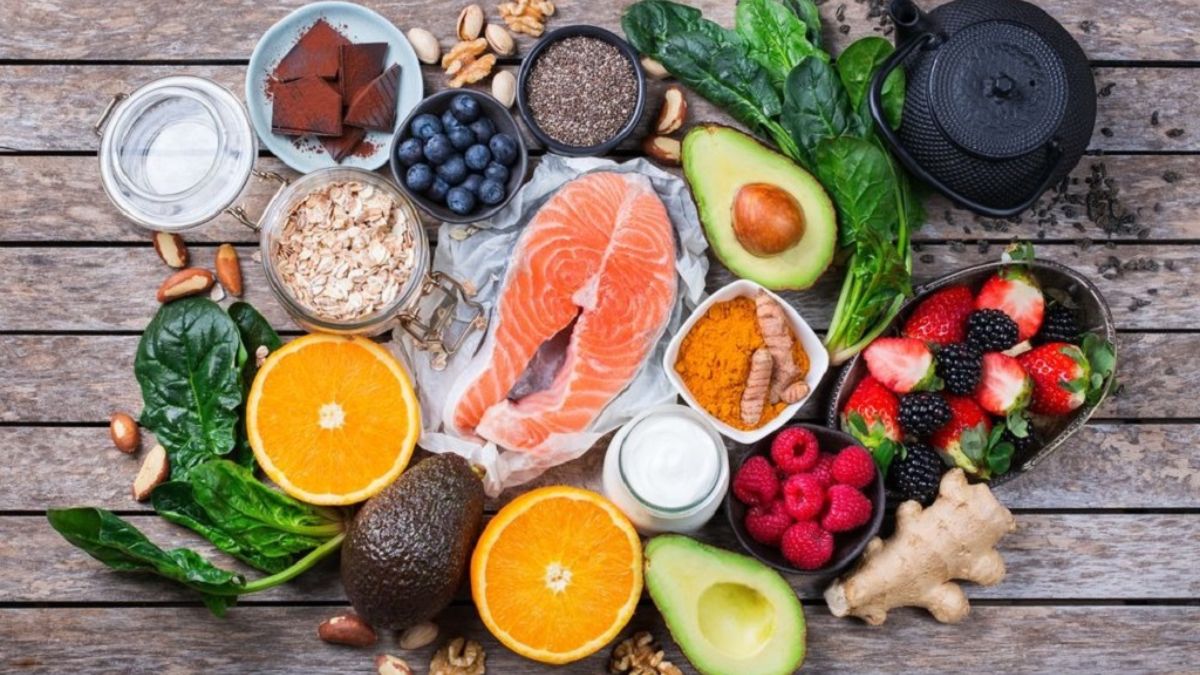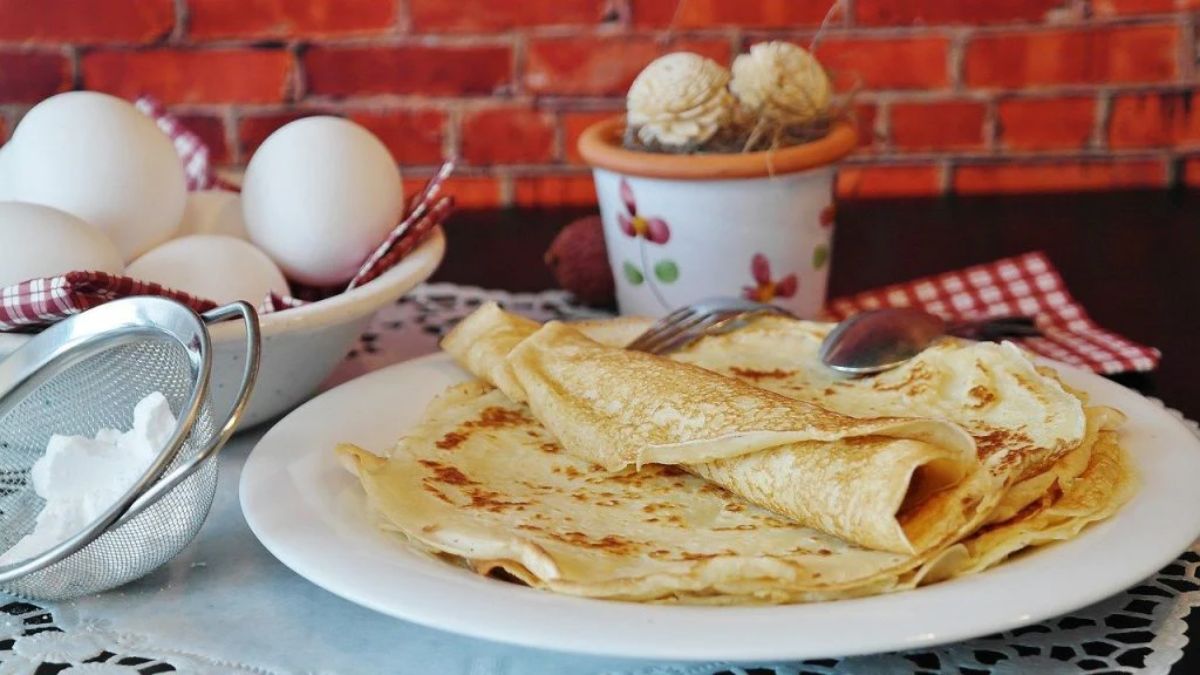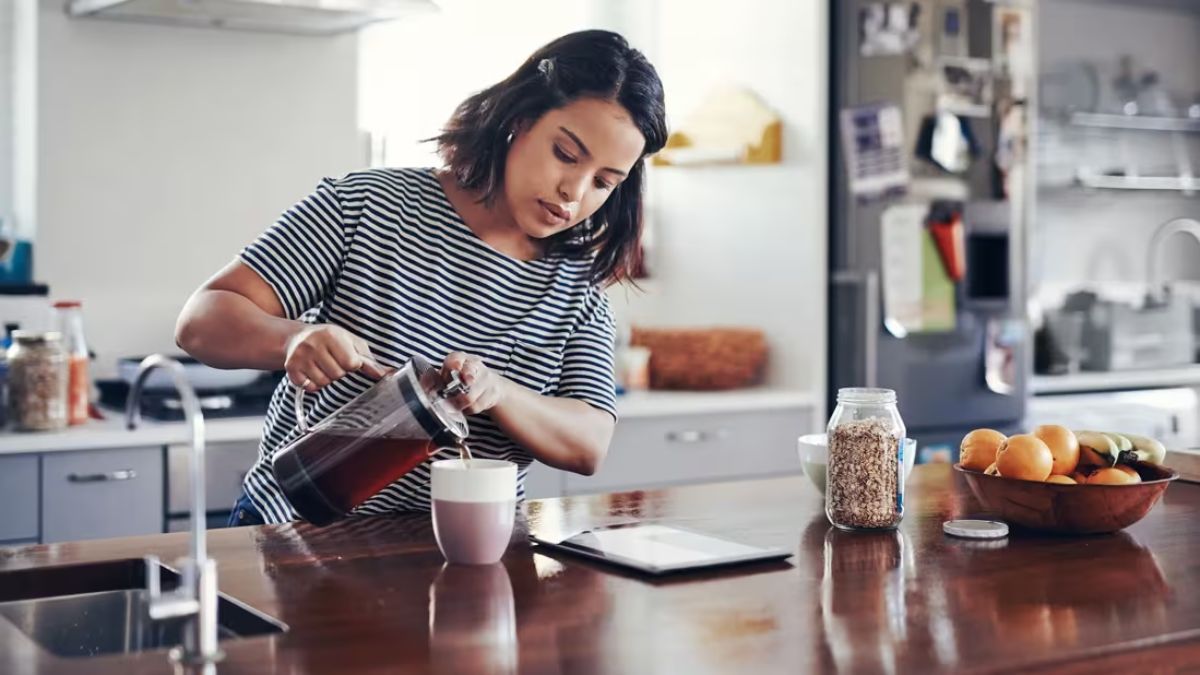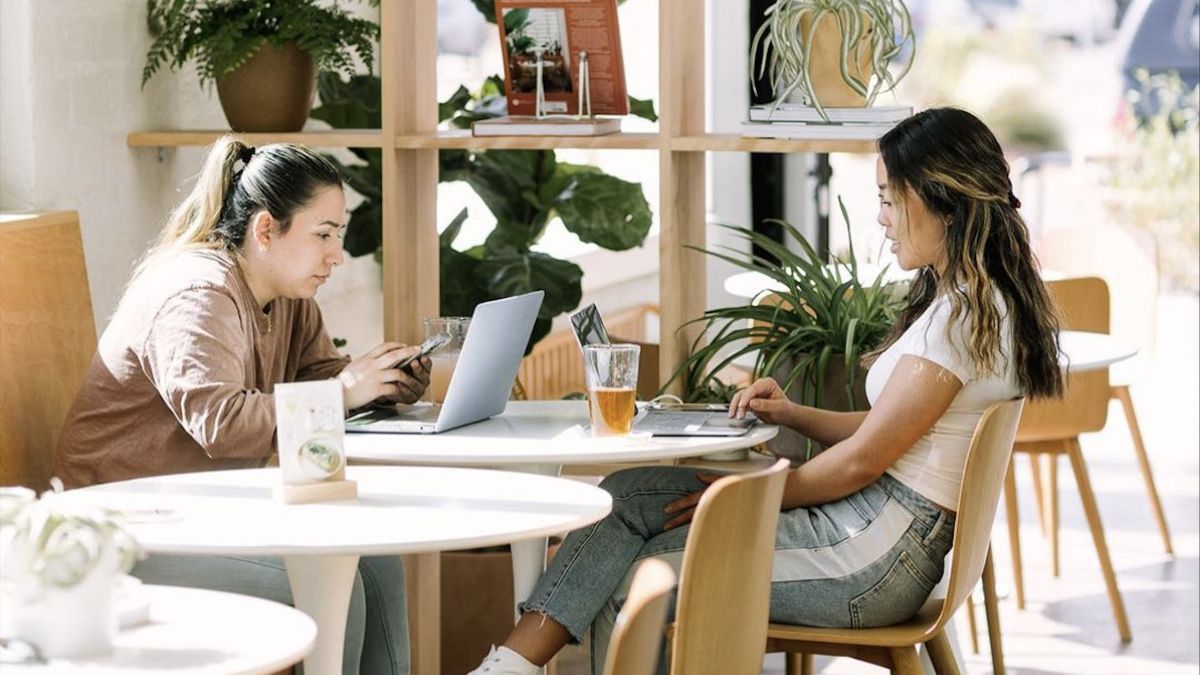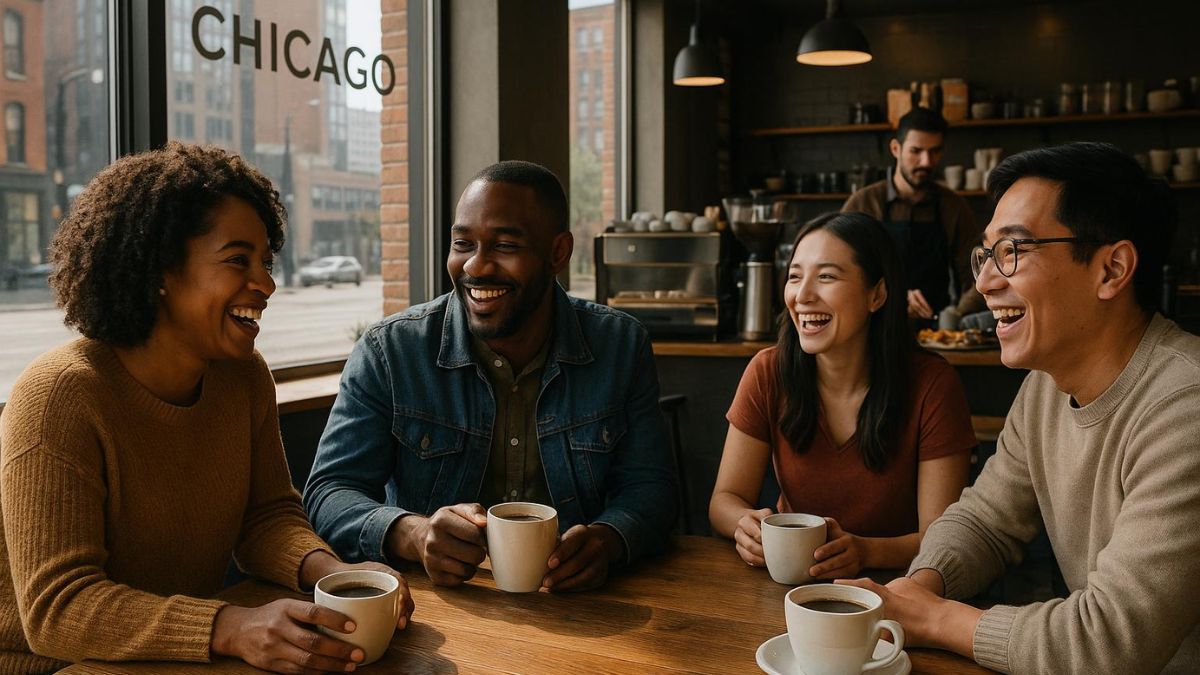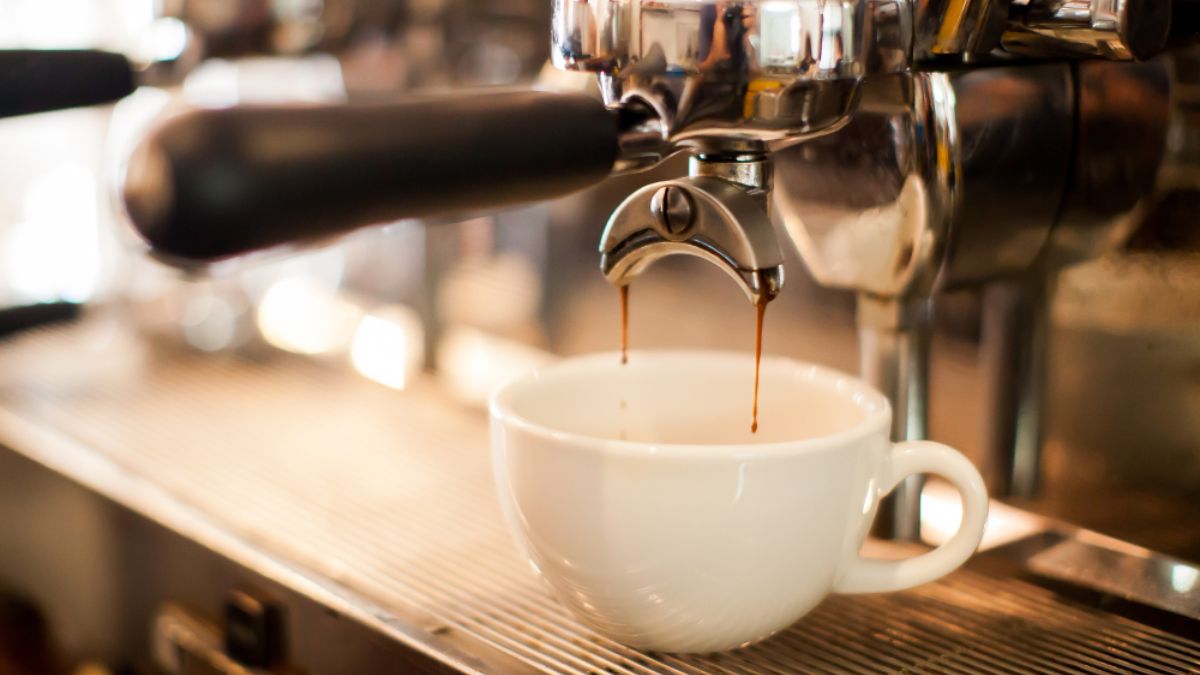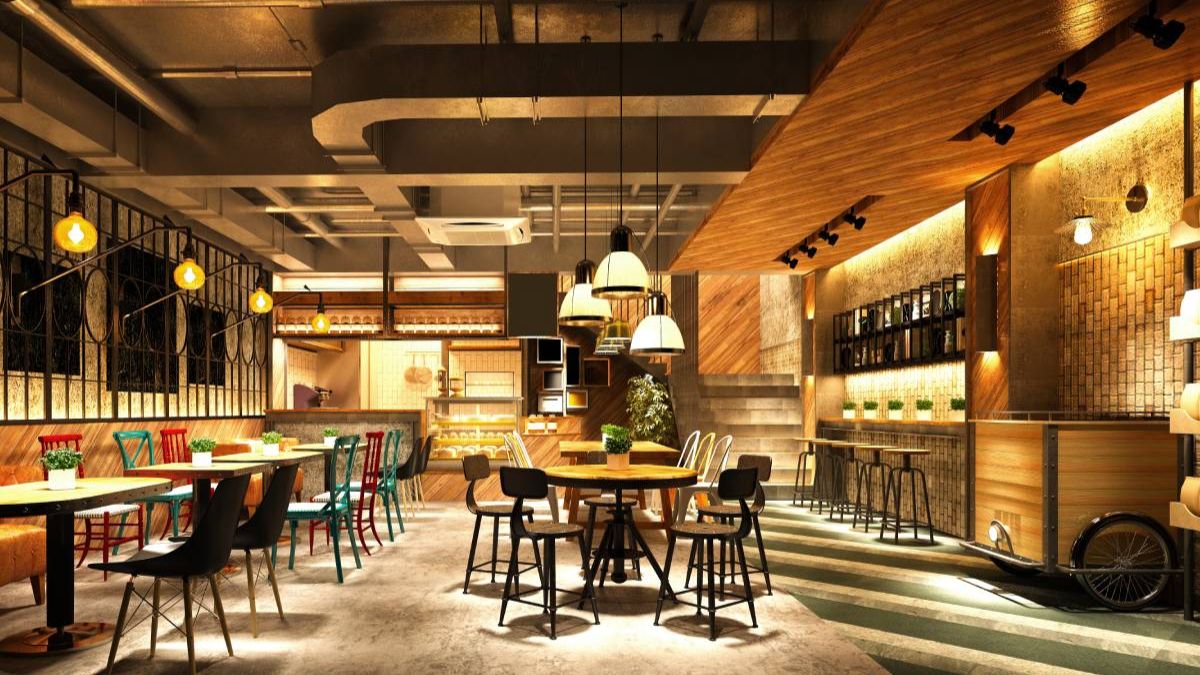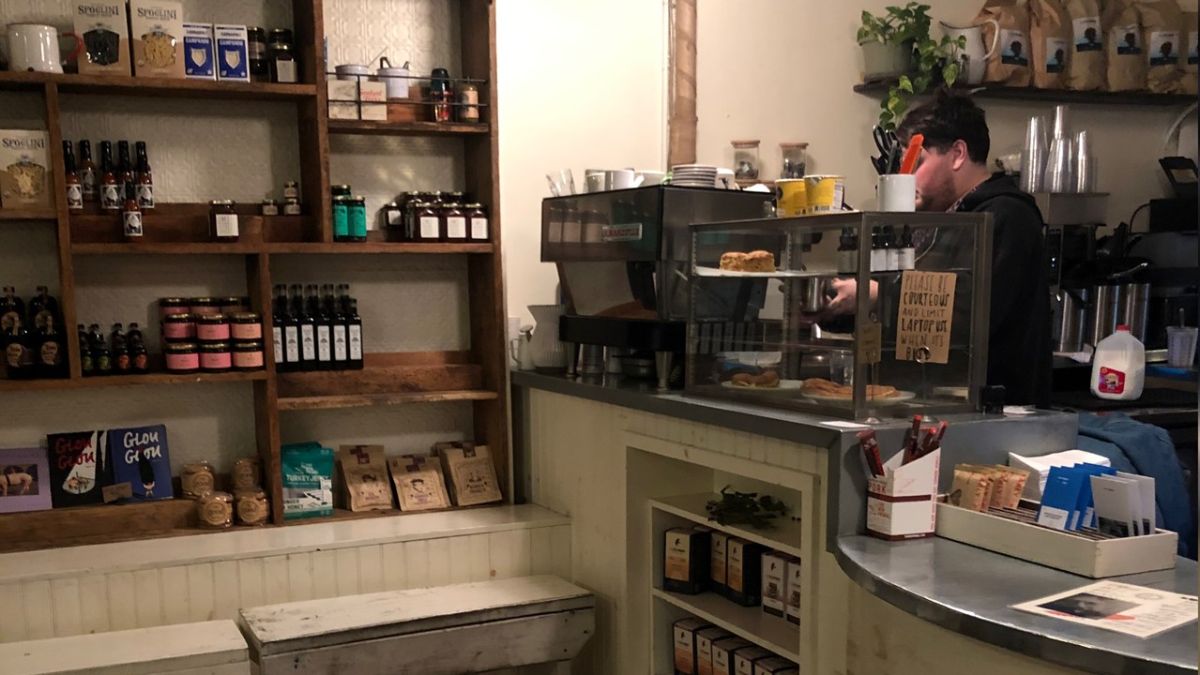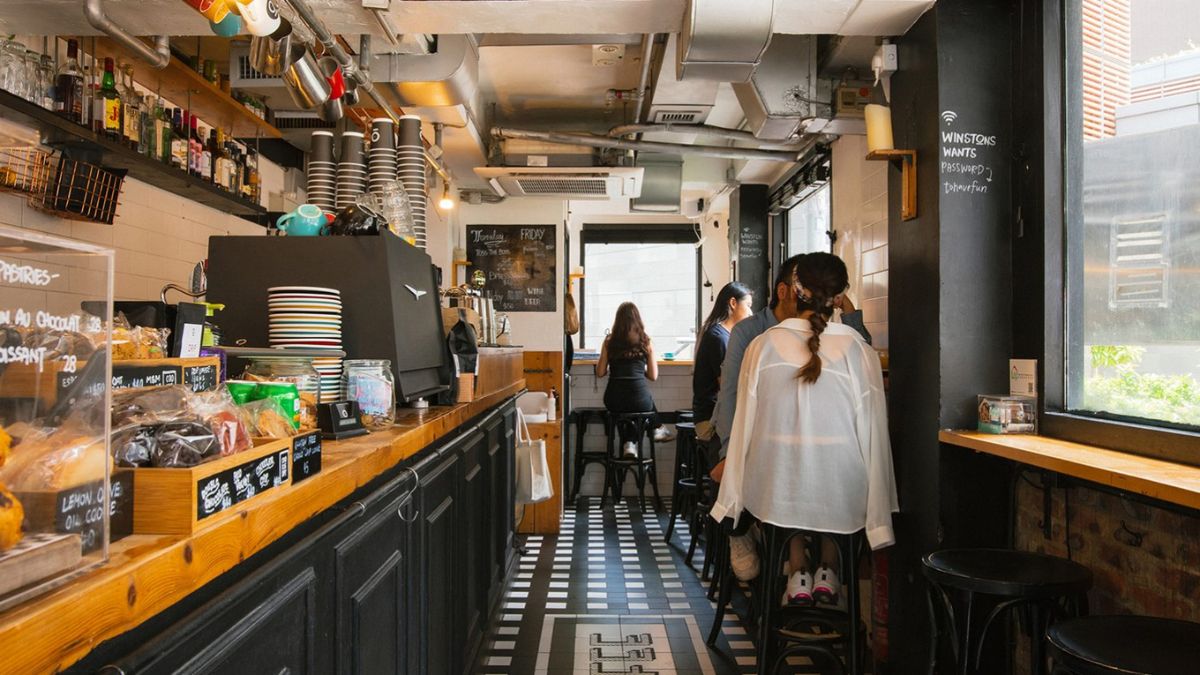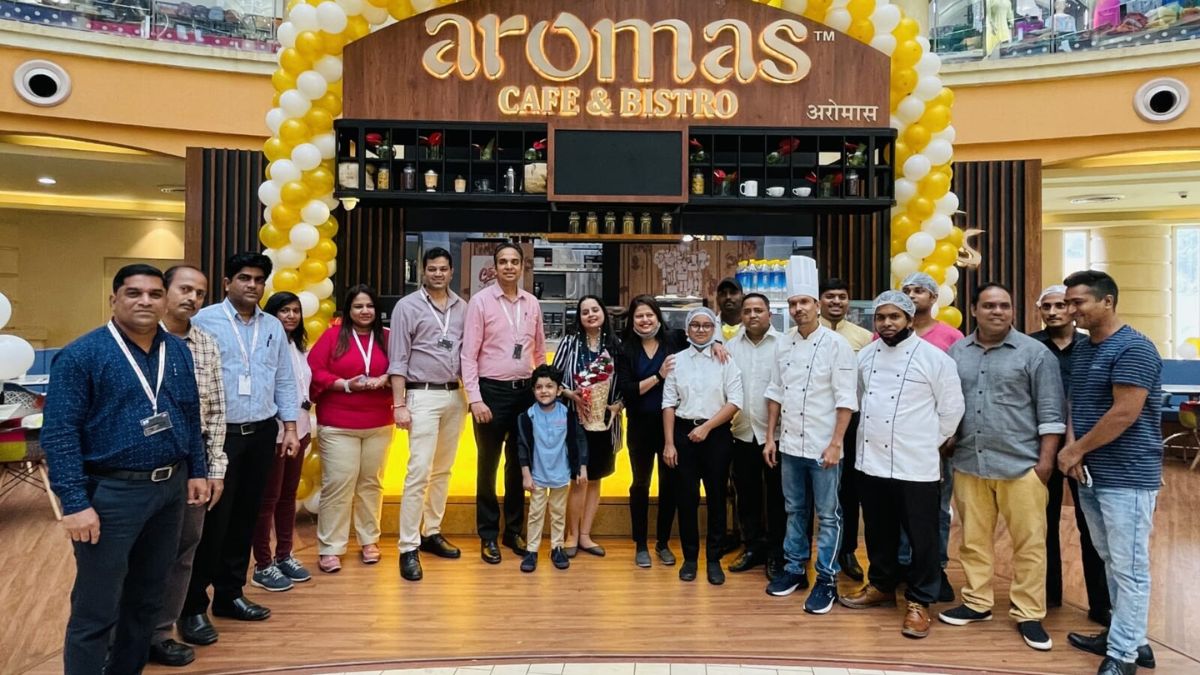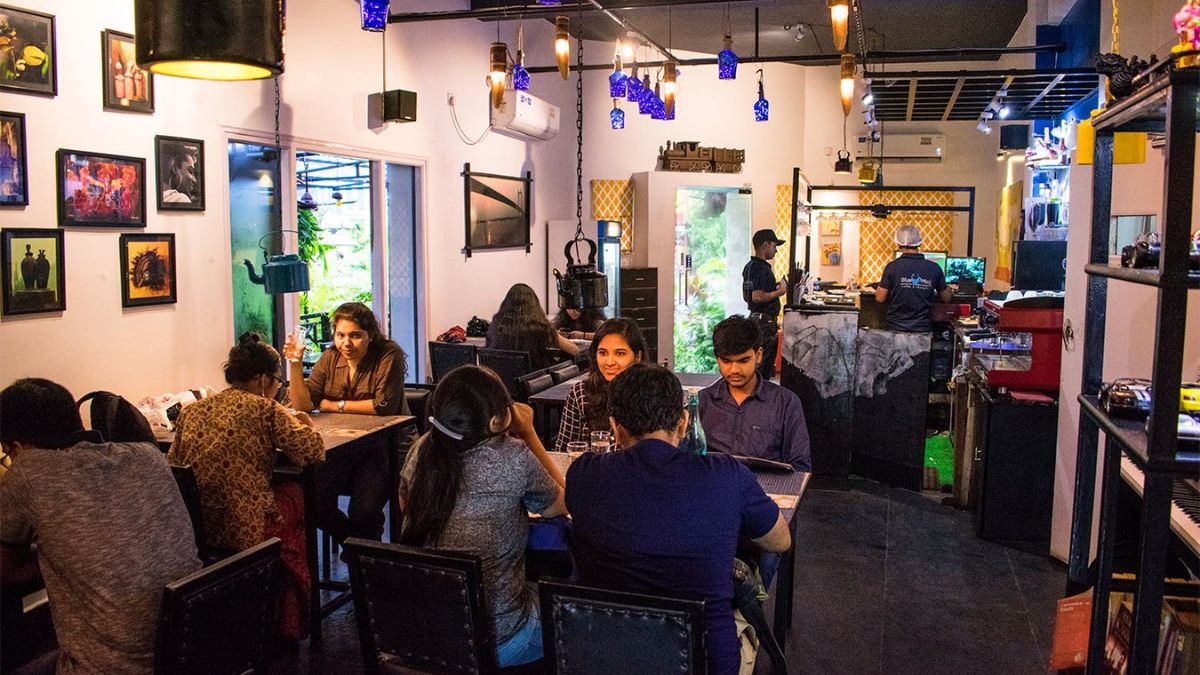If you’ve ever ordered coffee and been asked, “light, medium, or dark roast?” you’re not alone in feeling slightly lost. To most people, coffee is coffee—but to real enthusiasts (and baristas who take their craft seriously), the roast level makes a big difference in how your cup tastes.
So, can you really tell the difference between roasts? Short answer: yes. And once you know what to look (and sip) for, you’ll never taste coffee the same way again.
Light
Light roasts are often called the most “honest” version of coffee. Why? Because they keep most of the original flavor from the bean. They’re roasted at lower temperatures for a shorter amount of time, which means you’ll taste more of the bean’s natural notes—like floral, fruity, or citrusy flavors.
You might notice a bit more acidity and brightness in light roasts. Think of it like biting into a crisp green apple—zesty and clean. These are perfect if you love a complex, layered flavor in your brew.
Light roasts are often used in pour-overs and drip coffee to highlight the bean’s origin. So if you’re drinking something labeled “Ethiopian single-origin” with berry notes, chances are it’s a light roast.
Medium
Medium roasts are the middle ground. Not too acidic, not too bitter—just right. They’re roasted a little longer, which brings out a more balanced body. You’ll still get some of the origin flavors, but with warmer tones like nuts, chocolate, or mild fruit.
This roast is a go-to for many cafés because it pleases most palates. It’s smooth, versatile, and works great for all brewing methods—especially drip and French press.
Medium roasts are the “everyday coffee” heroes. If you enjoy balance and comfort without too much brightness or bitterness, this is likely your sweet spot.
Dark
Dark roasts go through the longest roasting time and have the boldest, deepest flavor. The beans turn shiny and almost oily, and the roast itself becomes the star of the show—not the bean’s origin.
Expect smoky, toasty, and even bitter notes, similar to dark chocolate or roasted nuts. There’s usually low acidity and a full body, which makes dark roasts ideal for espresso or coffee lovers who want that strong, rich taste.
People often describe dark roast coffee as bold or punchy. If you want your coffee to wake you up with intensity, this is your go-to.
How They Compare
Let’s break it down side-by-side:
| Roast Level | Flavor Notes | Acidity | Body | Best Brewing Method |
|---|---|---|---|---|
| Light | Fruity, floral, citrus | High | Light | Pour-over, drip |
| Medium | Chocolate, nutty, balanced | Medium | Medium | Drip, French press |
| Dark | Smoky, bold, roasted | Low | Full | Espresso, moka pot |
Can You Taste the Difference?
If you’re paying attention—yes, big time. But even if you’re not a trained barista, your taste buds can still pick up the difference with a bit of practice.
Start by trying the same type of bean roasted at different levels. Brew each one the same way and sip slowly. You’ll start noticing differences in:
- Sweetness
- Acidity
- Bitterness
- Mouthfeel (how it feels in your mouth)
- Aftertaste
It’s kind of like wine tasting, but more caffeinated.
Roast Myths
Let’s clear up a few common misconceptions:
- Darker roasts have more caffeine: False. Light roasts actually retain slightly more caffeine.
- Bitter means strong: Not always. Bitterness can come from over-roasting, not strength.
- All espresso is dark roast: Nope. You can pull espresso from any roast—it just depends on what flavor you want.
Knowing roast levels helps you order smarter and brew better. Whether you’re chasing bright citrus notes or a bold, smoky cup, knowing your roast is the first step to becoming your own coffee expert.
So next time you’re at a café and the barista asks, “light, medium, or dark?”—you’ll know exactly what to say.
FAQs
Is light roast stronger in caffeine?
Yes, light roasts usually have slightly more caffeine.
Why is dark roast bitter?
It’s roasted longer, which brings out bold, smoky notes.
Which roast is best for espresso?
Dark roast is popular, but medium roasts also work well.
Can I taste the difference between roasts?
Yes, each roast has unique flavor, acidity, and body.
Do roast levels affect brewing method?
Yes, light roasts suit pour-overs, dark roasts fit espresso.





